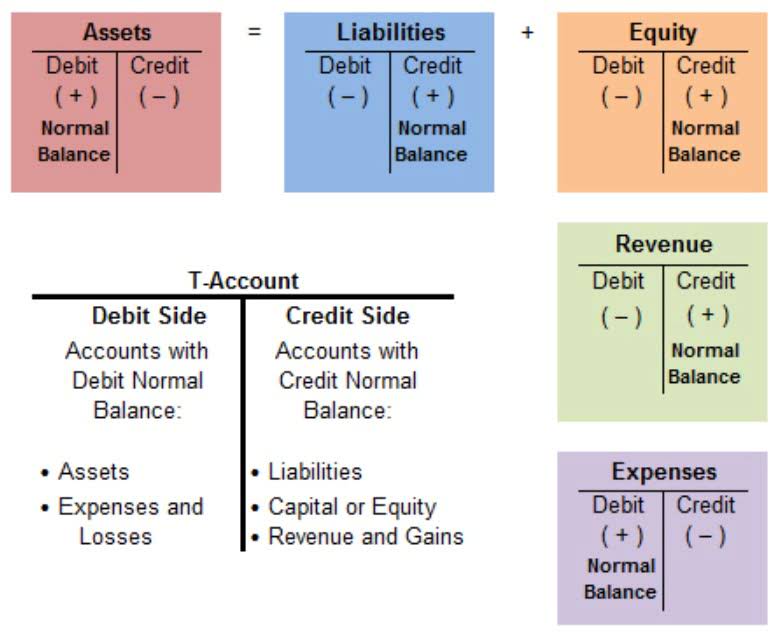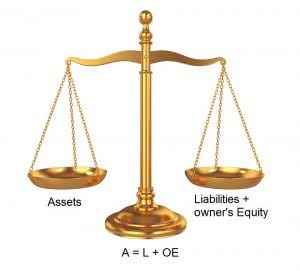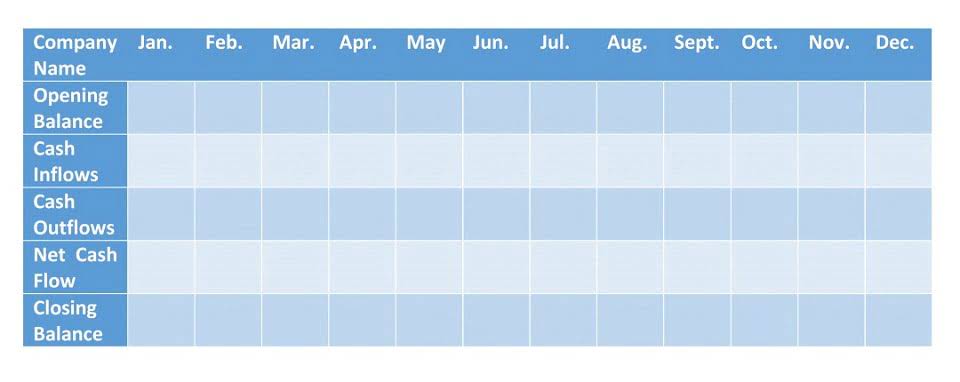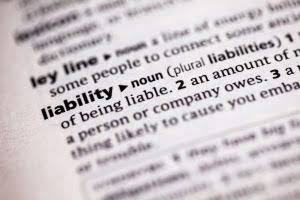
A sole proprietorship is the easiest type to establish and a popular choice for small businesses, individual contractors, and consultants. Most small businesses start as sole proprietorships and either stay that way or expand and transition to a limited liability entity or corporation. Typically, you can just start working under your legal name and pay business taxes using your Social Security Number. However, some people will need to obtain other licenses or permits, and you’ll have to jump through more hoops if you intend to hire employees.
Sole proprietorships
- She’s worked on ad campaigns for many trusted brands such as Nike, Subaru, Polaris, Red Bull and Progressive Insurance, just to name a few.
- A sole proprietorship is very different from a corporation, a limited liability company (LLC), or a limited liability partnership (LLP), in that no separate legal entity is created.
- In the state of New York, businesses need tax registration before selling goods and services.
- As a separate legal entity, an LLC is liable for debts and legal obligations, but the owner cannot be personally liable for these items.
- If you want to make sure you maximize your sole proprietorship tax deductions, we recommend working with an accounting pro.
- Because she isn’t selling any retail goods and doesn’t have employees, Anna doesn’t need to register her business with the state or county either.
With an LLC, it’s important to keep your business finances completely separate from your personal ones. You’ll need a business bank account, and you’ll sign documents and contracts on behalf of the business, not as yourself personally. Keeping things separate preserves your liability protection because it shows that the LLC truly has its own separate identity. When you’re an employee, your employer withholds taxes from your paycheck.

Step 2 – Name your Sole Proprietorship and Obtain a DBA
- Many sole proprietors don’t realize they can deduct health insurance premiums for themselves and their families without itemizing their tax returns.
- Therefore, your sole proprietorship’s taxable income will be close to the “net income” or “net profit” number at the bottom of your profit and loss statement, but with a few adjustments.
- In fact, it can be done in just seven simple steps, from choosing a business name and registering your doing business as (DBA) name with your state to applying for an EIN number and any required licensing.
- If you’re just starting out, you won’t have these records right away, and that’s okay.
- This makes this a perfect fit for a sole proprietorship and is similar to the freelance examples above.
And if you use a registered agent company to act as your registered agent, you’ll pay anywhere from about $50 to $300 a year for that service. It doesn’t require much footwork to get started, and it may take you in a direction you’ve always dreamed of. This can be concerning to some but obtaining business insurance helps to reduce the risks. It’s not a requirement that you open a business banking account if you are a sole proprietor, but it can be highly beneficial. Having a business bank account helps keep your business finances organized.

Получите (идентификационный номер работодателя) EIN
A sole proprietor is someone who owns a business independently and hasn’t registered it as another type of business entity. Many sole proprietorships never register with the state, but it https://www.bookstime.com/ is recommended to file a DBA if you are using a name other than your own legal name. Sole proprietorships do not have multiple owners, and they are not registered as LLCs or corporations.
- If you’re on the fence between the two types of business formation check out the full Sole Proprietorship vs. LLC comparison.
- There isn’t a lot of risk to accepting money to train people in a home or through online training unless they are injured.
- While a Sole Proprietorship may seem easier and less expensive than starting a formal business entity (like an LLC), it can be risky.
- Again, just by taking actions that may lead to making money means that you’re now a Sole Proprietor.
- Therefore, even though these expenses may appear on your profit and loss statement, you’ll want to remember that they may not have a 100% impact on your taxable business income.
If you decide to run a business under your legal name, no paperwork or registration is required. But before anything else, let’s take a look at what a sole prop is and what type of businesses a sole prop is best for. However, if your Sole Proprietorship will use a DBA (aka Assumed Name), then that needs to be filed with the County Clerk’s office in any county where your business operates. No, Sole Proprietorships aren’t required to register with the New York Department of State.
You’re our first priority.Every time.

On the other hand, if you formed an LLC or a Corporation, your personal assets are protected in the event of a lawsuit. A Sole Proprietorship in New York is an informal business structure owned by one sole proprietorship near me person. Overall, Schedule C is a relatively easy form to follow—broken up into five sections asking about your income, expenses, cost of goods sold, information on your vehicle, and other expenses.

Sole proprietorship taxation is different from other business entities, like corporations, because the business itself is not taxed separately from the business owner. Instead, you report and pay your sole proprietorship taxes as part of your personal tax return. A sole proprietorship requires a limited amount of paperwork to get started. In a sole proprietorship, there is no legal entity created, so there’s no difference between the owner and the business.
Forms you may need to file
Sole proprietorships and limited liability companies (LLCs) are used for different purposes. An LLC is typically best for businesses with more liability potential and those that need to hire employees. An LLC also gives you more flexibility in how your business is taxed since you can elect to be taxed as a corporation.
- Most are solopreneurs, meaning they work on their business all by themselves.
- These taxes are referred to as self-employment taxes and currently, the self-employment tax rate is 15.3% of your net self-employment income.
- If you’re doing business by yourself, you’re operating as a Sole Proprietorship.
- You can, but it requires you to dissolve the LLC first, which is known as a dissolution.












